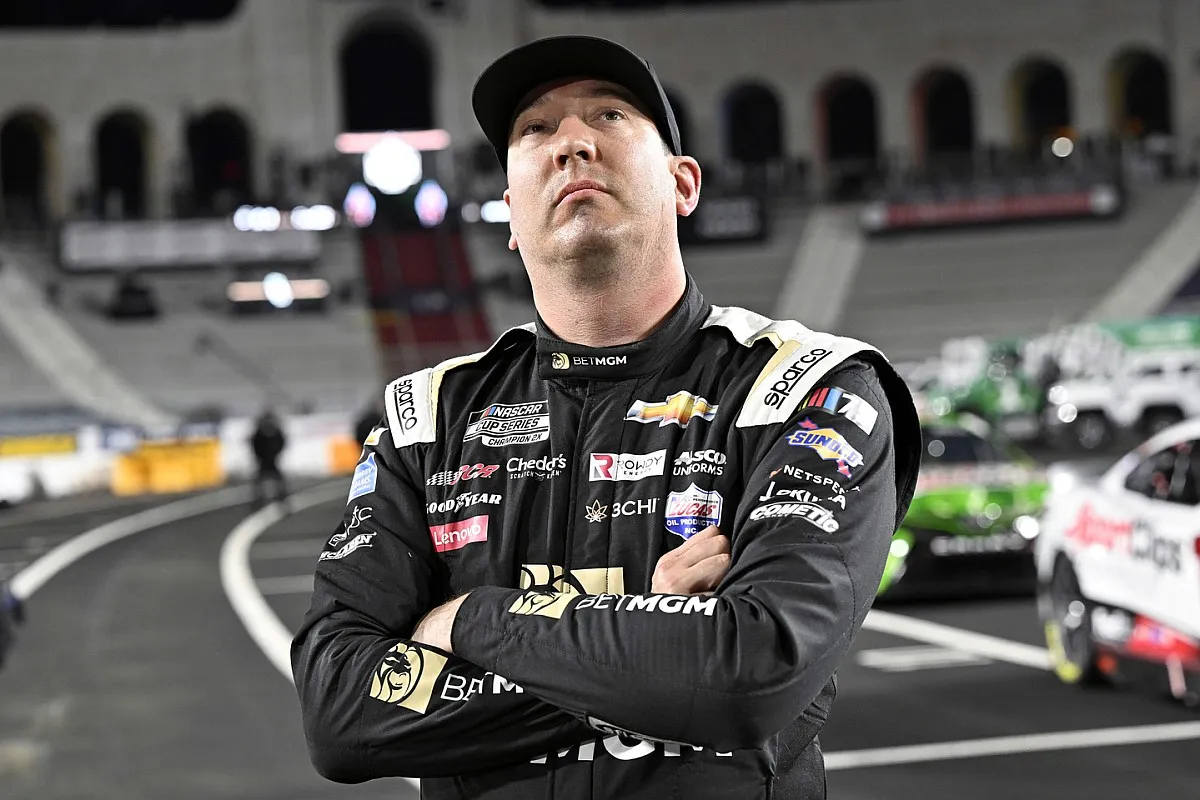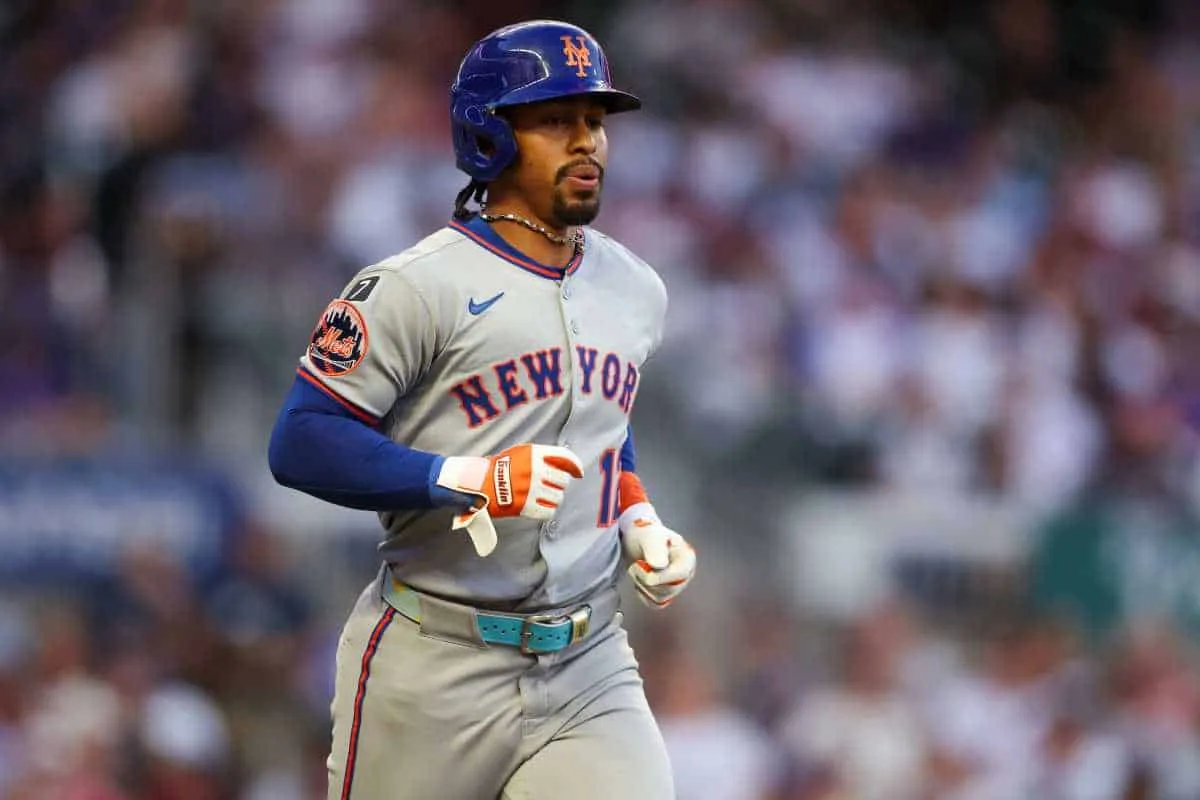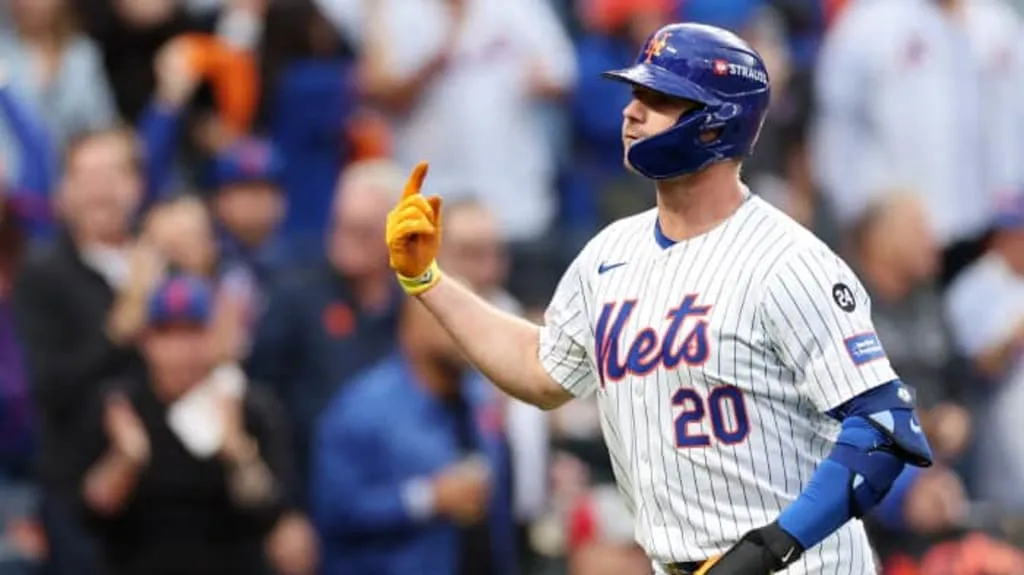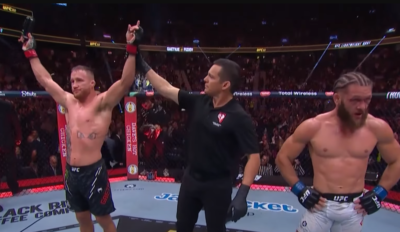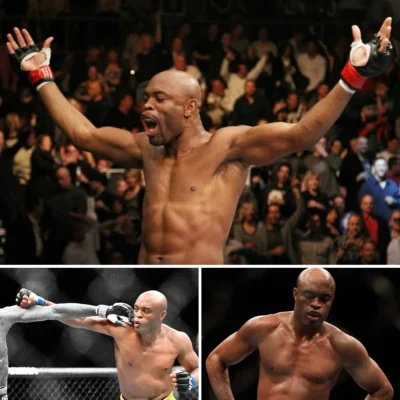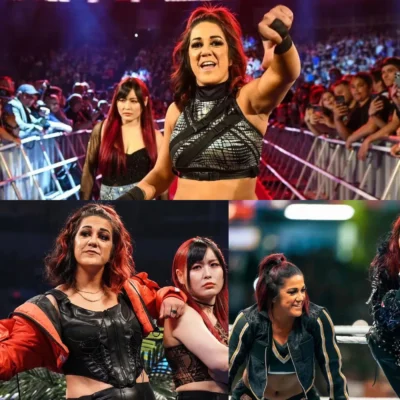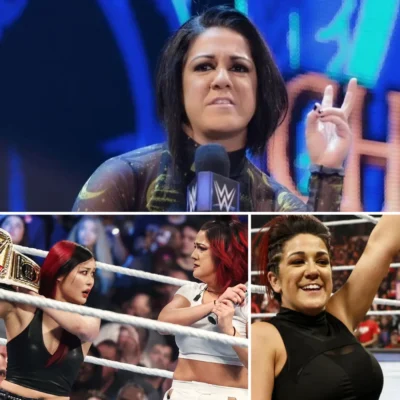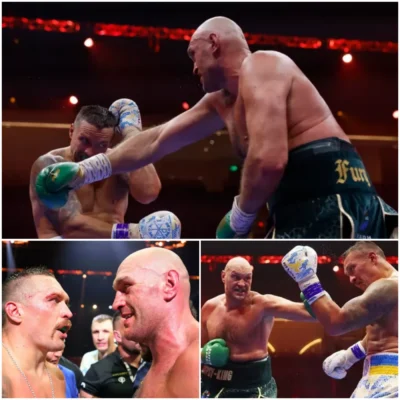

How did Vladimir Guerrero Jr.’s massive deal become the deciding factor in keeping Pete Alonso with the New York Mets?
When Vladimir Guerrero Jr. signed a massive 14-year, $500 million contract with the Toronto Blue Jays, it didn’t just make waves in Canada—it reshaped the financial expectations for elite first basemen across Major League Baseball. One of the most significant ripple effects? The impact on Pete Alonso and his future with the New York Mets. While the Mets and Alonso had already entered a temporary agreement to keep him around, Guerrero Jr.’s deal set a new benchmark, potentially altering the course of Alonso’s career and the Mets’ long-term planning.
Vladimir Guerrero Jr.’s Contract Redefines the Market
Guerrero Jr.’s extension is unprecedented for a first baseman. While previous big deals have gone to shortstops, pitchers, or five-tool outfielders, first basemen rarely break financial records. Guerrero’s offensive output—combined with his youth and fan appeal—gave the Blue Jays the confidence to lock him in through 2039. The contract includes full guarantees and no deferrals, giving it enormous weight as a market-defining moment. For other first basemen like Alonso, this contract becomes a comparison point in future negotiations. It’s not just a number—it’s a symbol that the position has risen in stature.
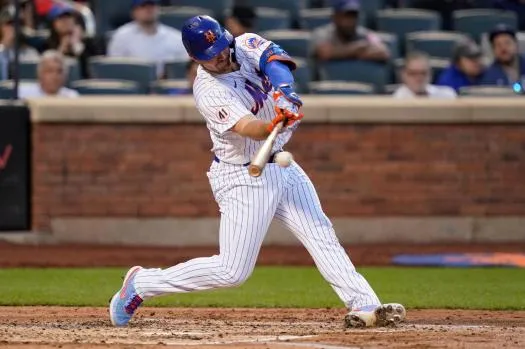
Pete Alonso’s Value to the New York Mets
Pete Alonso has become synonymous with the Mets since his breakout rookie season in 2019, when he hit 53 home runs and was named National League Rookie of the Year. He has consistently delivered 35+ homers per season, provided solid leadership, and maintained a strong bond with fans. More than just stats, Alonso represents identity and culture—qualities that are harder to quantify but vital to any team’s chemistry and branding. As the Mets build toward long-term success, keeping a face-of-the-franchise player like Alonso isn’t just a baseball decision—it’s a business one.
The Bridge Deal: Strategic and Telling
In 2025, Alonso and the Mets agreed to a two-year, $54 million deal that includes an opt-out clause after one year. The structure of this contract shows that both sides are testing the waters. Alonso gets short-term security while keeping his free-agent options open, and the Mets buy more time to evaluate their long-term payroll strategy. But with Guerrero’s deal on the books, that decision may have to come sooner than later. If Alonso puts up another 40-home-run season, his market value could skyrocket.
A Fair Comparison: Guerrero vs. Alonso
While Guerrero Jr. and Alonso are different in style, their production levels are closer than some might expect. Guerrero may be more balanced offensively, but Alonso has outpaced most power hitters in terms of home run consistency. From 2019 through 2024, Alonso ranks among the league leaders in slugging and RBI. With a similar age profile and comparable fan impact, his value on the open market could now be considered in the same tier as Guerrero—if not dollar for dollar, then certainly in years and incentives.
Financial Implications for the Mets
The Mets are no strangers to massive contracts. Owner Steve Cohen has already made headlines with the $765 million deal for Juan Soto and long-term investments in Francisco Lindor and Kodai Senga. But committing another $300–350 million to Alonso would put the team into luxury tax territory that even Cohen might find hard to justify. Balancing superstar retention with sustainable spending is tricky, and Guerrero’s deal raises the stakes. If the Mets hesitate, they risk losing Alonso to a competitor who sees him as the final piece of a championship puzzle.
Fan Sentiment and Public Relations
Alonso isn’t just a great player—he’s beloved in New York. Letting him walk over contract disagreements could hurt the team’s image more than its lineup. Mets fans admire his authenticity, toughness, and loyalty. Losing him after such a public benchmark deal from another team might be seen as a lack of ambition, especially if the Mets don’t replace his production quickly. The Guerrero contract, while celebrated in Toronto, could fuel frustration in Queens if it becomes the reason Alonso gets priced out.
Possible Outcomes: Extensions, Free Agency, or Trade
There are three likely scenarios going forward. First, the Mets could offer Alonso a long-term extension that aligns with the new market, possibly around 10 years and $300–325 million. Second, Alonso could opt out after 2025 and test free agency, opening the door to big offers from other large-market teams. Third, if an extension seems unlikely and the Mets want to recover value, they could explore trading him before the deadline. None of these paths are ideal without certainty—and that’s what Guerrero’s deal has disrupted.

How Guerrero’s Contract Could Start a Trend
For years, first basemen were viewed as one-dimensional—big hitters with limited speed or defensive versatility. But that perception is changing. Guerrero’s deal is proof that elite hitters at first base can anchor a franchise. If Alonso receives a similar extension, it could encourage teams to rethink how they value players at that position. Young sluggers like Triston Casas, Vinnie Pasquantino, and Spencer Torkelson could be next in line to benefit from this evolving financial landscape.
Strategic Timing: A Window for the Mets
The Mets have a small window to act. If Alonso performs well in 2025 and opts out, the team will face steep competition in free agency. Alternatively, they could lock him up now—before the price climbs further. Guerrero’s contract essentially set a timer in motion. The longer the Mets wait, the more it could cost. Acting soon not only ensures stability but also sends a message that they’re serious about building around their core talent.
Conclusion: One Mega Deal Could Change Everything
Vladimir Guerrero Jr.’s $500 million extension is more than a personal achievement—it’s a seismic shift in how MLB teams evaluate and compensate first basemen. For Pete Alonso and the New York Mets, it creates both an opportunity and a challenge. The team must now decide whether to match this new standard or risk losing a franchise icon. In many ways, Guerrero’s signature on a Blue Jays contract could be the deciding factor in Alonso’s next chapter—whether it’s written in New York or elsewhere.








